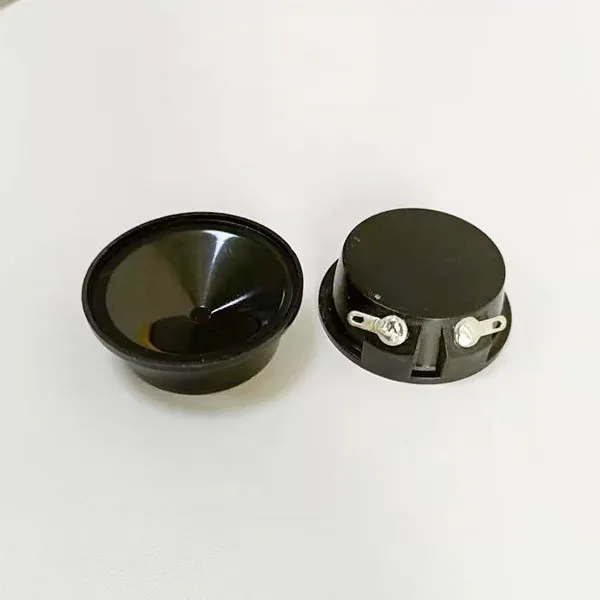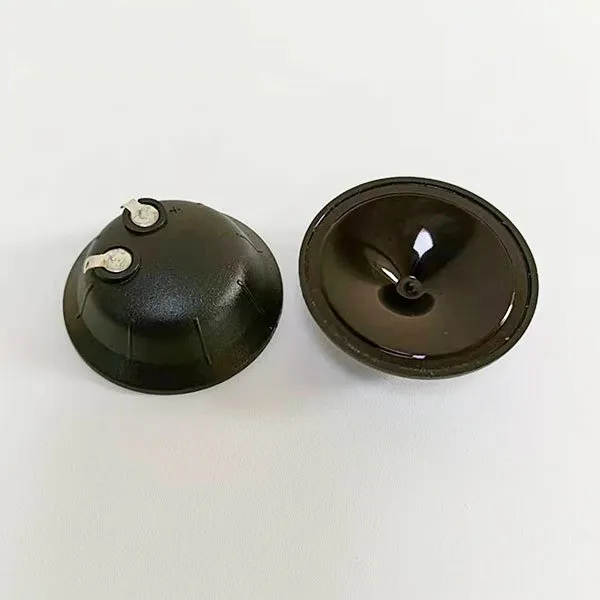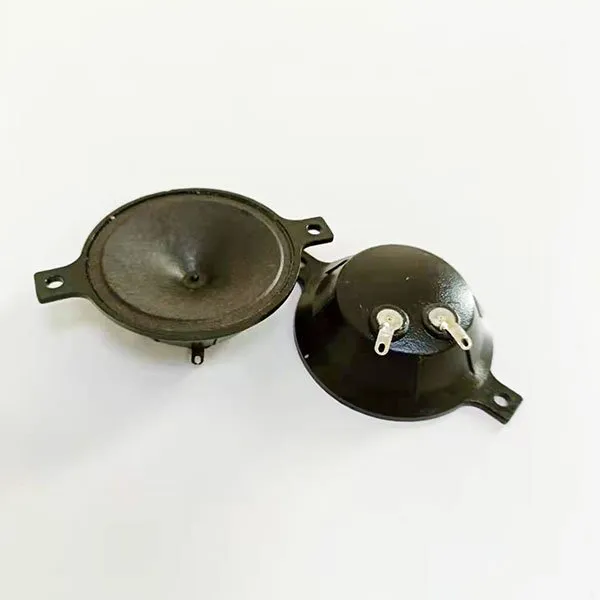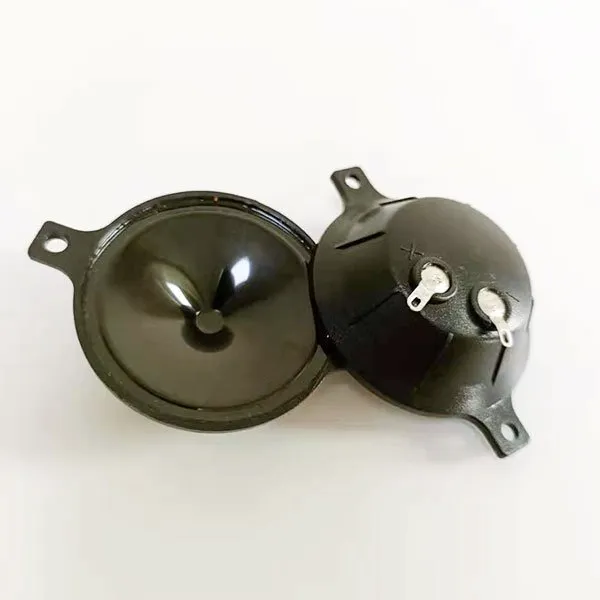Piezoelectric speaker product pages >
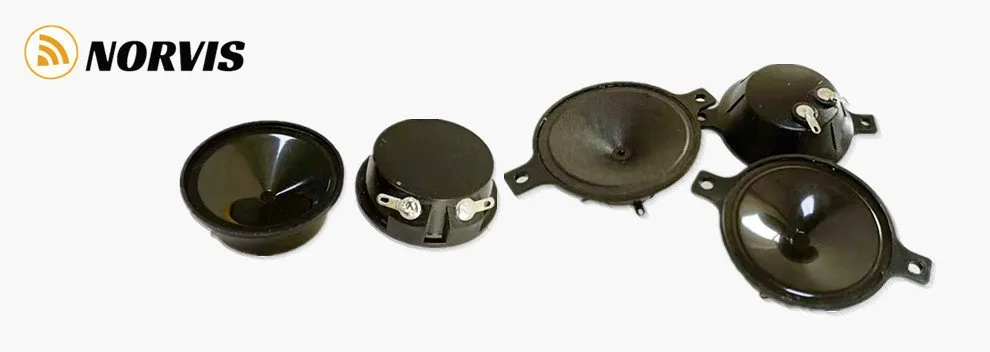
Ultrasonic piezoelectric speaker, the parameters are as follows: Sound pressure test rated voltage: 5.5Vp-p, Maximum working voltage: 30Vp-p, Rated frequency range: 2.5~60KHZ, Working frequency: 25±5KHZ, Sound pressure: ≥90dB.
Application of ultrasonic piezoelectric speakers:
Ultrasound is a mechanical wave with a frequency greater than 20000 Hz. It is named because its frequency is greater than the upper limit frequency that human ears can hear. Ultrasonic technology is widely used in medicine, the military, industry, agriculture, and other fields, bringing people a lot of conveniences. Ultrasonic broadcasting is a very practical and typical application in the public broadcasting industry.
Understanding waves, sound waves and ultrasound:
Wave is a very common physical phenomenon in the real world, and a wave is an important form of material movement, which exists widely in nature. According to nature, there are four main types of waves-mechanical waves, electromagnetic waves, gravitational waves, and matter waves. Among them, mechanical waves are generated by the vibration of objects, and the transmission of mechanical waves requires the participation of the medium; electromagnetic waves, also known as electromagnetic radiation, are oscillating particle waves emitted in space derived from in-phase and perpendicular electric and magnetic fields. They are in the form of fluctuations. Propagating electromagnetic fields, the transmission of electromagnetic waves does not require the participation of the medium, and can be carried out in a vacuum;
gravitational waves refer to the ripples in the curvature of time and space, which propagate outward from the radiation source in the form of waves, which transmit energy in the form of gravitational radiation. In 1916, Einstein predicted the existence of gravitational waves based on the general theory of relativity; matter waves belong to the category of quantum mechanics. Any matter has both particle properties and volatility (wave-particle duality), so there are matter waves. It is called de Broglie wave, such as electron wave, neutron wave, and so on. All waves have three elements: frequency, wavelength, and phase.
Sound waves are common mechanical waves.
The range of sound waves that an adult’s ears can hear is 16Hz-20000Hz. In order to facilitate memory, it is generally recorded as 20Hz-20000Hz.
In fact, the frequency of sound waves that human ears can hear is age-related. With age, the frequency range of sound waves that human ears can hear will become smaller. Children can hear sound waves from 30,000 Hz to 40,000 Hz, and they have good hearing. The frequency of sound waves that adults can hear is often between 30 Hz and 16000 Hz. People over 50 can only hear the sound waves of 13000 Hz. The elderly, are often between 50 Hz and 10000 Hz, and the elderly will lose the high-frequency signal first. Hearing sense will gradually develop to mid-frequency and low-frequency, and it will affect language communication when it develops to mid-frequency.
The sound waves below 20 Hz are called infrasound waves, and the sound waves above 20000 Hz are called ultrasonic waves. Ultrasound is characterized by good directivity (positive correlation with power and frequency), strong penetrating ability, and easy access to concentrated sound energy.
Advantages of ultrasonic speakers
The sound wave is a spherical wave, which is easily attenuated during transmission. When it exceeds a certain distance, it will not be heard or inaudible, which will affect the intelligibility of the voice. At the same time, in the traditional indoor sound reinforcement system, because the microphone, power amplifier, and loudspeaker are “in the same room”, the sound collected by the microphone is amplified by the power amplifier and often returns to the microphone to form acoustic feedback, resulting in self-excitation and howling. , And it is precise because of this that the sensitivity of the microphone cannot be too high to achieve long-distance sound pickup.
Ultrasonic speakers can solve the above problems well;
The sound waves are modulated into ultrasonic waves for directional propagation, with good directivity and almost no attenuation during transmission.
After reaching the audience, it is self-demodulated, and the sound pressure and sound intensity will not be reduced, so as to ensure that you can hear and hear clearly.
At the same time, because the ultrasonic wave is directional, it will not be transmitted in all directions, and will not return to the microphone. There will be no acoustic feedback, self-excitation, or howling. There is no need for feedback suppressors in the entire sound reinforcement system.
Because there will be no acoustic feedback, the sensitivity of the microphone in the system can be made higher to achieve long-distance sound pickup, allowing the speaker to have a larger range of activities.
In the realized application, due to the large audiences, the ultrasonic speakers have strong directivity and small angles. To ensure that all audiences can receive sound waves, ultrasonic speakers can be used for better results.

